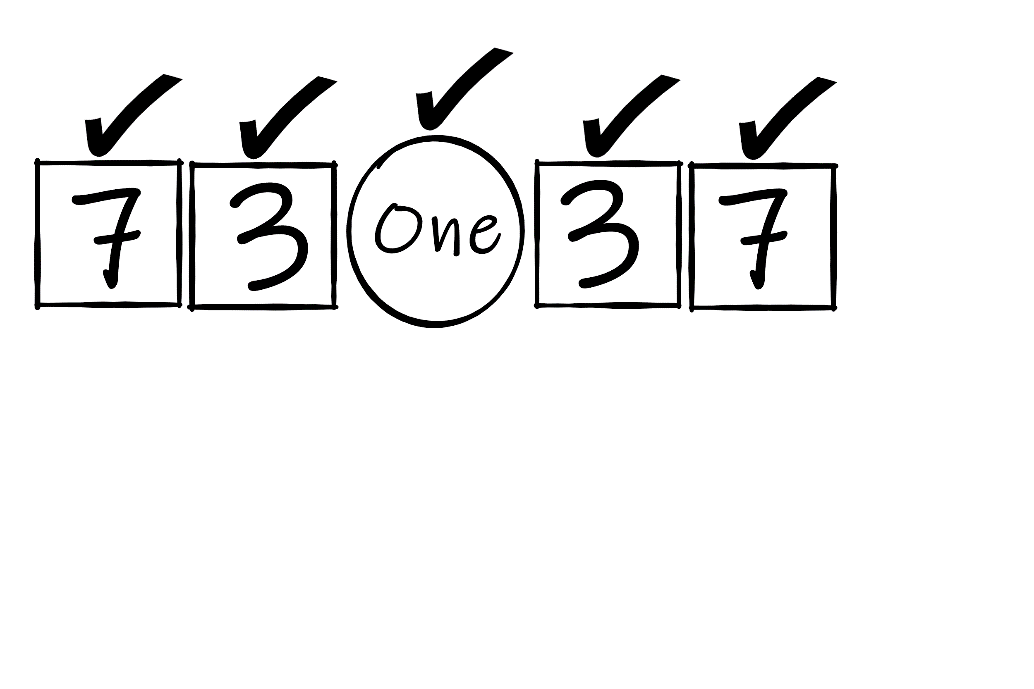
The Workbook – for Teams & Organizations
Setting up the meeting Who should attend? Everyone who can ultimately “screw” things up belongs in the meeting. The key to success and ultimate ‘buy in” is participation at the front end of the process. The people you exclude from coming up with the plan are the ones most likely to come up with objections and obstructions at implementation…
AND they just might have something useful to add to the conversation something with the potential to improve the team’s thinking. The only pre-work required Each participant should bring a list of the three (no more and no less) most important facts that need to be considered in the meeting.
Setting up the room
- If the number of participants is eight or fewer, you only need one round table.
- Seating should promote intimacy and collegiality. Round tables are best at doing that.
- If total attendance is greater than eight, divide the team into sub-teams.
- The ideal sub-team at each round table should be no less than four people and no more than eight.
- Each table gets a flipchart and markers, along with scratch pads and pens. • Each table picks a table captain.
- Each table picks a “scribe” (who may or may not be the table captain as the captain will be the “spokesperson” for the group).
- The scribe’s role will be to make sure all statements are written so as to be the most articulate rendering of the thinking; not the most cryptic.
Setting up the Dynamic
- The team table is not the place for argumentation;
- It is the place for collective, collegial articulation.
- We are beginning to think together creatively OUT LOUD.
- You can’t begin to argue all sides of an issue until all sides fully understand the issue.
- You can’t understand that issue unless it’s been fully and well-articulated.
- It is best to approach everything with the assumption that you don’t already know the answer.
- We routinely take the role of being the “most ignorant” person in the room; mainly because that person can keep asking for clarification, without creating oppositional tension, and thereby end up getting the team to reach their best collective understanding of the issue
- Everyone gets to help hone each statement that goes up on the table board so that o It accurately describes the thinking it is meant to describe o It results from dialog between discussion among all members of the team at each table.
- Not only is it OK to ask questions; asking questions is the whole point • By the way, asking questions about an idea applies just as much to the person who proposes it as it does to the rest of the team.
- The proposer is the initiator of the idea.
- The proposer is not the defender of the idea.
- If you are not sure you understand what was said. Ask questions. Engage in discussion. • Use the group to make each statement as “perfect” as it can be.
- Remember: the goal is to understand every idea being proposed well enough to be brief!
- Everything that happens at each table is a full-participation, full-contact activity, with all hands-on deck.
- The table discussion will ultimately mirror the discussion of the whole team in the room at large.
Setting up the front of the room
- Two flip charts at the front of the room.
- Lots of wall space around the room on which you can post completed flipcharts.
- It is extremely helpful for everyone to see everything the team has accomplished throughout the meeting.
- Pick one wall where the sequence of completed “chunks” is displayed in order
o 7 Significant Facts
o 3 Propositions
o ONE Central Operating Principle
o 3 Strategies
o 7 Executions
Think of this as a progress chart of the evolving work in progress. It will simultaneously focus, energize, and recognize the progress of the team.

This is the one place where they can see what they have accomplished and what remains.
Download Article 1K Club

















